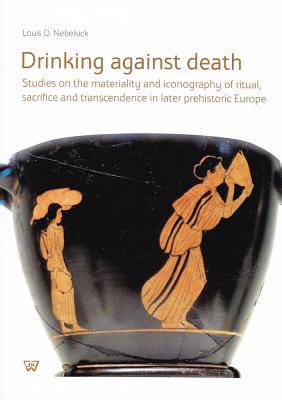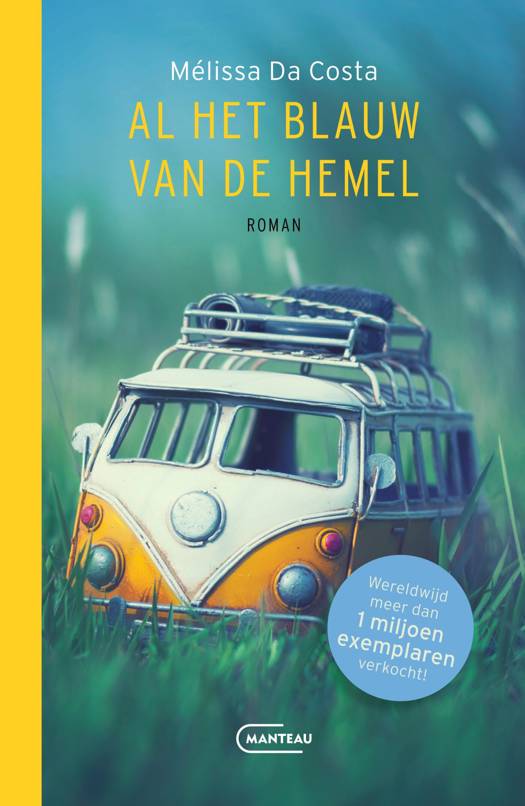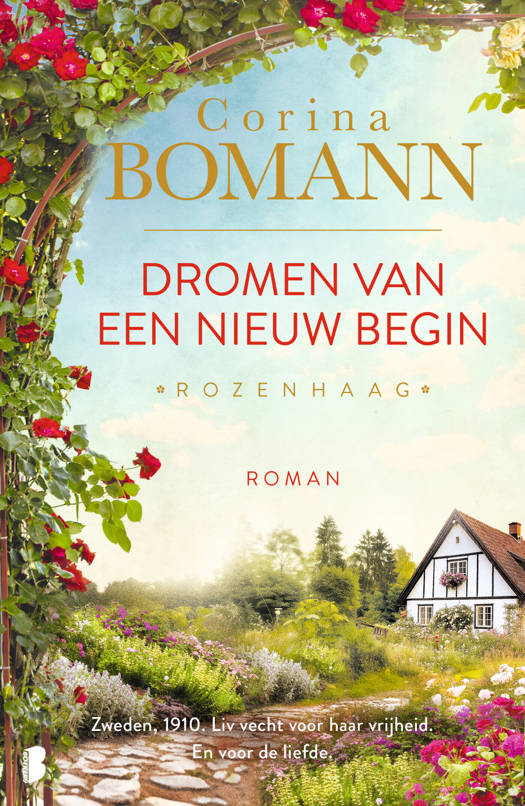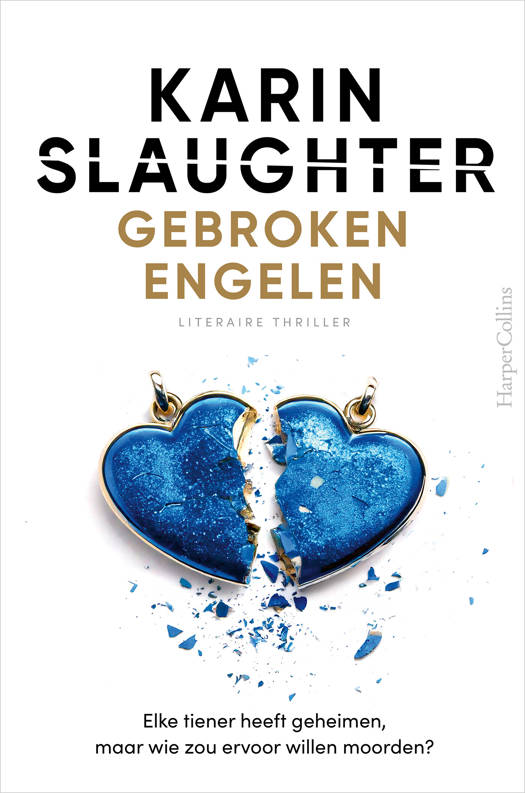
- Afhalen na 1 uur in een winkel met voorraad
- Gratis thuislevering in België vanaf € 30
- Ruim aanbod met 7 miljoen producten
- Afhalen na 1 uur in een winkel met voorraad
- Gratis thuislevering in België vanaf € 30
- Ruim aanbod met 7 miljoen producten
Zoeken
Drinking Against Death
Studies on the Materiality and Iconography of Ritual, Sacrifice and Transcendence in Later Prehistoric Europe
Louis D Nebelsick
Paperback | Engels
€ 64,45
+ 128 punten
Omschrijving
The nine interrelated chapters in this book aim to identify and describe the iconographies and trace fossils of ritual and religion in late prehistoric Europe - to infuse them with meaning, celebrate their complexity and integrate the ideas, which they evoke into the rich tapestry of historically transmitted ancient European and Mediterranean ideology, mythology and ritual. This book explores libation and feasting, engendered patterns of communication, ritual drama and iconographic creativity. Case studies range from 13th century BC Bavarian ostentatious graves, 9th century Scandinavian bog hoards, 8th century Austrian women's chambered tombs, 7th century Lusatian children's graves to 6th century BC Scythian kurgans from the Ukraine. A thick description of ancient European ideology emerges demonstrating that non-literate communities were developing surprisingly vibrant and sophisticated solutions to the problems posed by transcending death, revering the ancestors and communicating between earth and eternity.
Specificaties
Betrokkenen
- Auteur(s):
- Uitgeverij:
Inhoud
- Aantal bladzijden:
- 335
- Taal:
- Engels
Eigenschappen
- Productcode (EAN):
- 9788380901575
- Verschijningsdatum:
- 31/12/2016
- Uitvoering:
- Paperback
- Formaat:
- Trade paperback (VS)
- Afmetingen:
- 163 mm x 234 mm
- Gewicht:
- 521 g

Alleen bij Standaard Boekhandel
+ 128 punten op je klantenkaart van Standaard Boekhandel
Beoordelingen
We publiceren alleen reviews die voldoen aan de voorwaarden voor reviews. Bekijk onze voorwaarden voor reviews.










